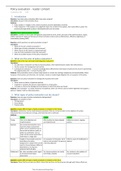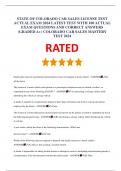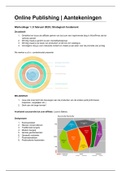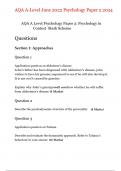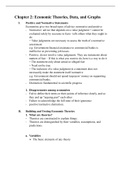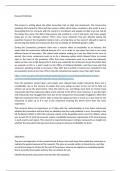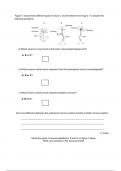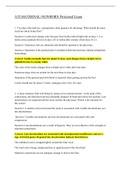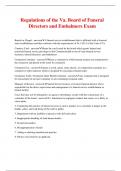College aantekeningen
Summary reader Policy Evaluation + all articles
The document embodies a summary of the reader of Policy Evaluation and all mandatory literature. The summary will save you a lot of time reading the articles. I scored an 8.7 on the multiple-choice exam with this summary. The reader content is summarized in a question-conclusion-evidence way and of...
[Meer zien]
